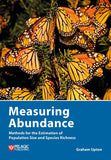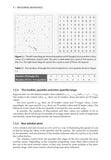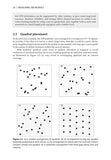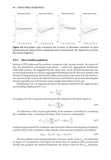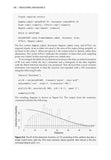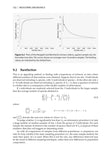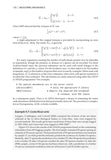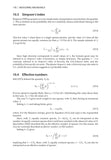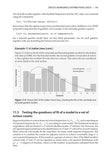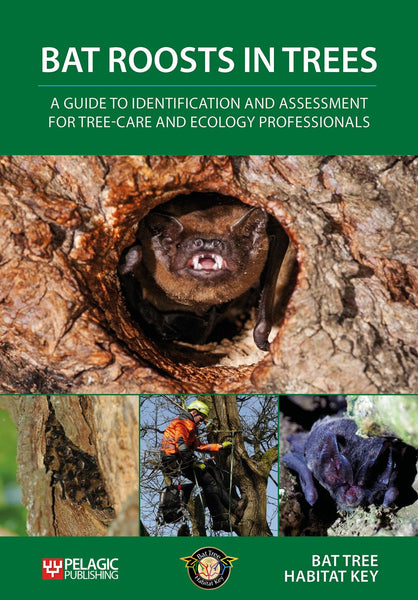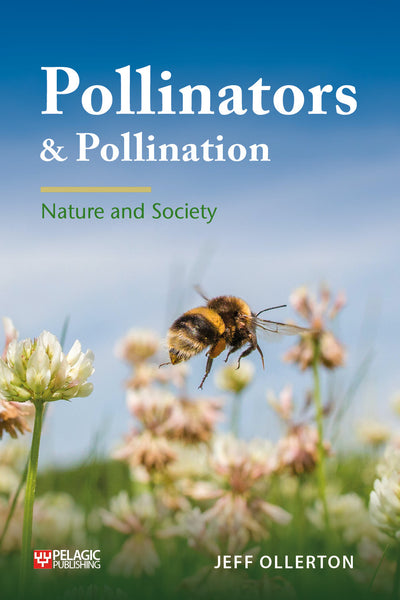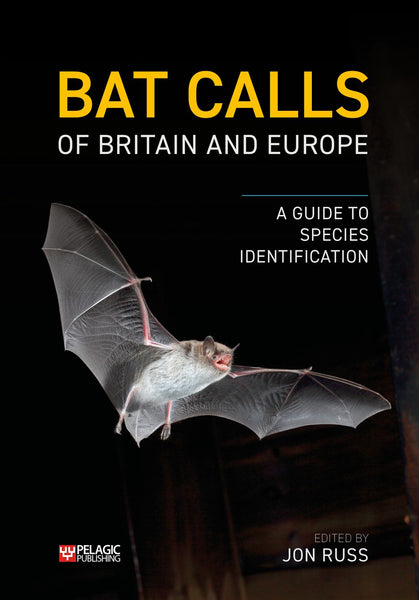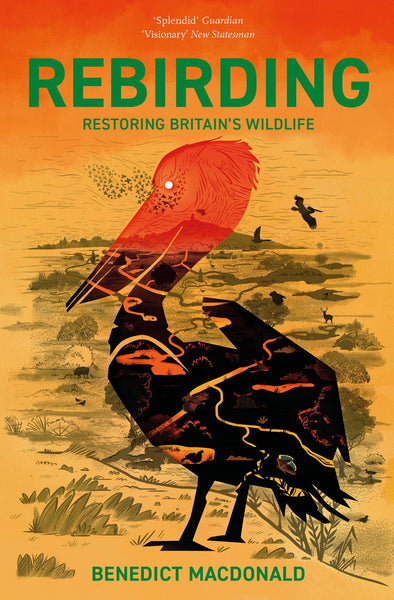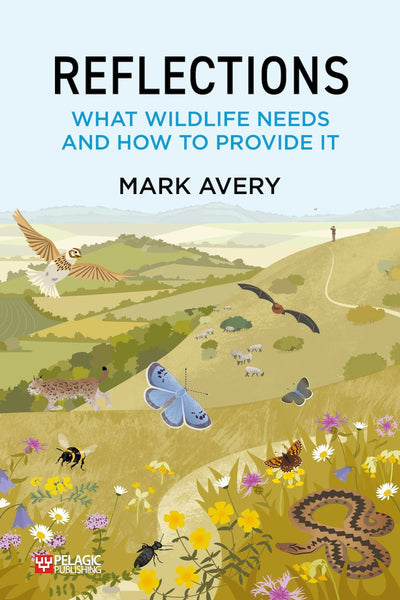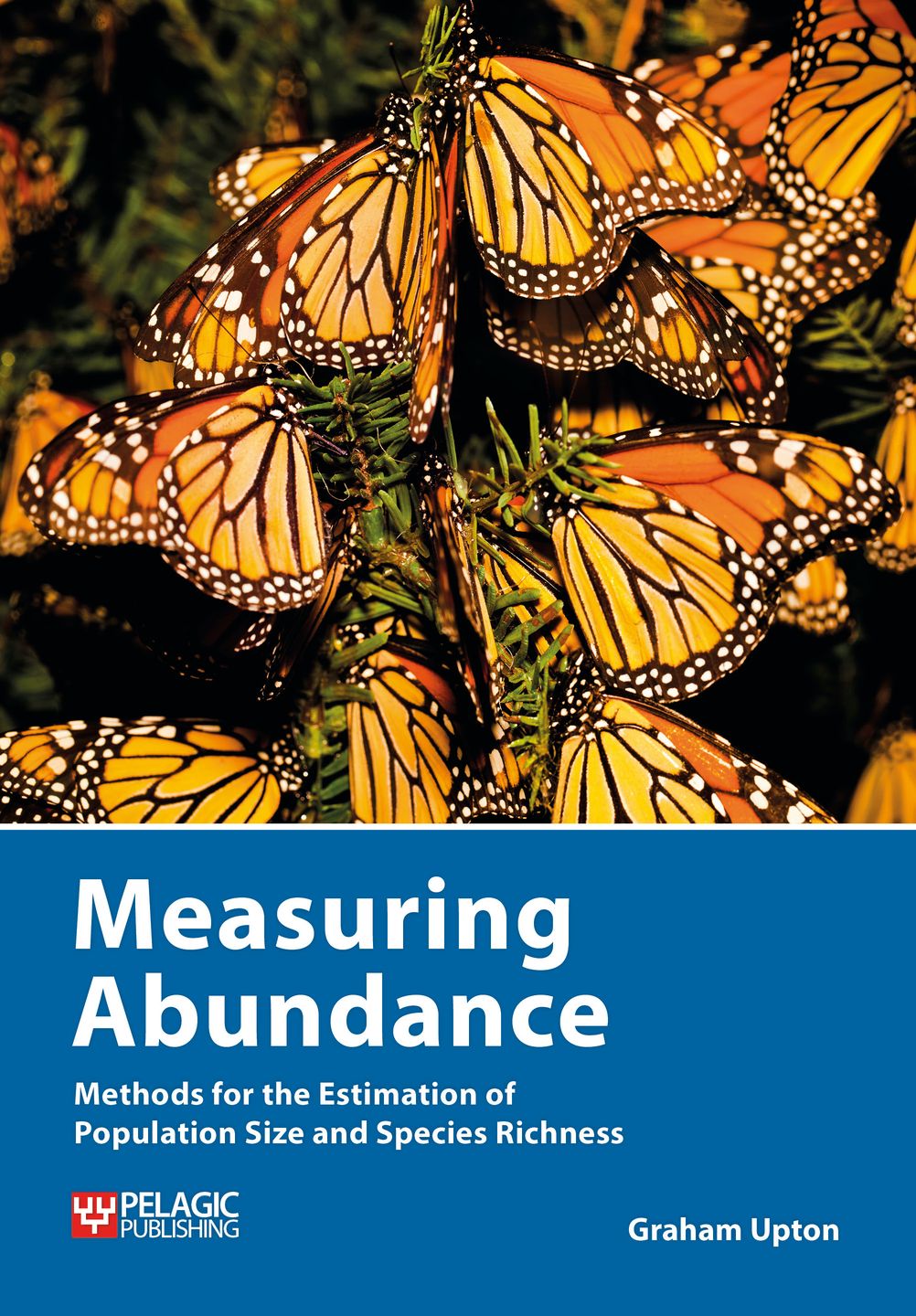
Measuring Abundance
Methods for the Estimation of Population Size and Species Richness
- A complete teaching and research reference to measuring population size and species diversity
- Examples using code for the open source software R
- Detailed statistical methods with practical considerations for survey design and data collection
- Wonderful and timely… I have deep admiration for the clarity and concision brought to this complex material.
—Gregory Gilbert, Professor of Environmental Studies, University of California Santa Cruz
- community ecology
- conservation
- data analysis
- data collection
- ecology
- statistics
Description
Measuring the abundance of individuals and the diversity of species are core components of most ecological research projects and conservation monitoring. This book brings together in one place, for the first time, the methods used to estimate the abundance of individuals in nature.
The statistical basis of each method is detailed along with practical considerations for survey design and data collection. Methods are illustrated using data ranging from Alaskan shrubs to Yellowstone grizzly bears, not forgetting Costa Rican ants and Prince Edward Island lobsters. Where necessary, example code for use with the open source software R is supplied. When appropriate, reference is made to other widely used programs.
After opening with a brief synopsis of relevant statistical methods, the first section deals with the abundance of stationary items such as trees, shrubs, coral, etc. Following a discussion of the use of quadrats and transects in the contexts of forestry sampling and the assessment of plant cover, there are chapters addressing line-intercept sampling, the use of nearest-neighbour distances, and variable sized plots.
The second section deals with individuals that move, such as birds, mammals, reptiles, fish, etc. Approaches discussed include double-observer sampling, removal sampling, capture-recapture methods and distance sampling.
The final section deals with the measurement of species richness; species diversity; species-abundance distributions; and other aspects of diversity such as evenness, similarity, turnover and rarity.
DOI: https://doi.org/10.53061/OVCJ4115
Readership
An essential reference for anyone involved in advanced undergraduate or postgraduate ecological research and teaching, or those planning and carrying out data analysis as part of conservation survey and monitoring programmes.Table of Contents
Preface
Acknowledgements
Part I. Background
1. Statistical ideas
Part II. Stationary individuals
2. Quadrats and transects
3. Points and lines
4. Distance methods
5. Variable sized plots
Part III. Mobile individuals
6. Quadrats, transects, points, and lines – revisited
7. Capture-recapture methods
8. Distance methods
Part IV. Species
9. Species richness
10. Diversity
11. Species abundance distributions (SADS)
12. Other aspects of diversity
Appendix
Notes
Further reading
References
Index of Examples
General Index
Reviews
- Wonderful and timely… I have deep admiration for the clarity and concision brought to this complex material.
—Gregory Gilbert, Professor of Environmental Studies, University of California Santa Cruz - A real strength of Measuring Abundance is the simplicity of the writing. One highlight that helps to transform the book into something more than a true reference manual is the advice and sampling tips scattered throughout.
—Jo A. Werba, Quarterly Review of Biology - An excellent resource for ecologists, ornithologists, wildlife researchers and environmentalists... and an excellent addition to any library’s collection.
—Kuldeep Kumar, Journal of the Royal Statistical Society: Statistics in Society - Measuring Abundance is an excellent tool for agency and non‐governmental biologists looking to better understand baseline population sizes or develop long‐term monitoring programs. Furthermore, for many graduate students, this book may be a useful resource for reviewing and covering a range of methods available to measure abundance.
—Molly McDevitt, Journal of Wildlife Management
About the Author
Graham Upton is a retired Professor of Applied Statistics with an interest in the natural world. He volunteers on citizen science projects such as the Breeding Bird Survey and other projects run by the British Trust for Ornithology and the Wider Countryside Butterfly Survey. He is author or co-author of 8 books, including lead author of the Oxford Dictionary of Statistics and has published over 100 papers.
Bibliographic Information
 229 pages
229 pages - 110 b/w figures, 52 tables
- BISAC SCI020000, MAT029000, SCI008000
- BIC PSAF, PBT, UFCE, PSVS, UNC






